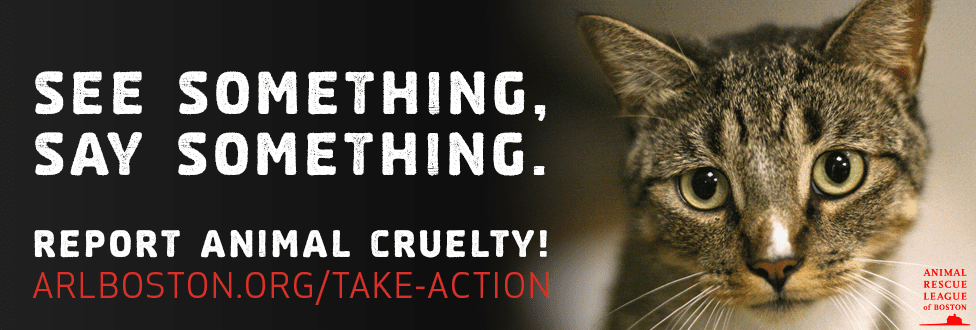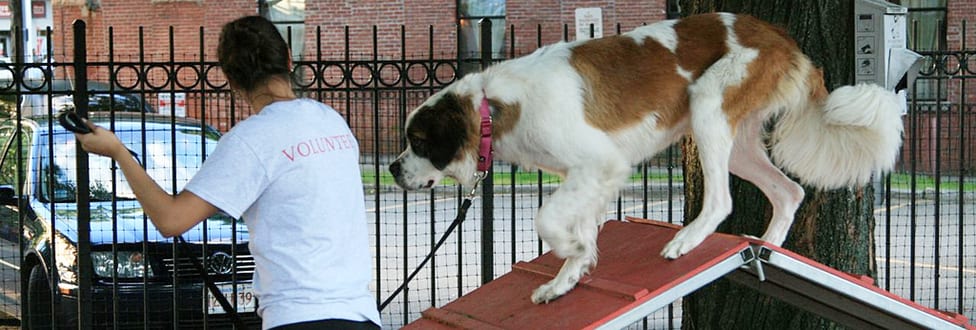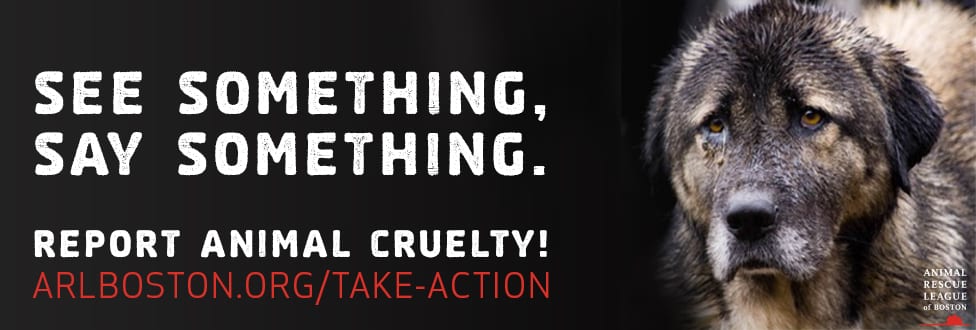ARL Rescue Assists in Capture of Brookline Cockatoo
Pet bird finally brought in after months on the fly
After several months of living out in the wilds of Brookline, Massachusetts, pet cockatoo Dino is finally back in his cage.
The ARL’s Rescue Services team stepped in to assist the owners of the bird and Brookline police and animal control last week.

Dino, an escaped pet cockatoo, evaded capture all summer long. The ARL rescue services team stepped in to offer assistance in his capture late last week in the hopes of bringing him before winter.
Though residents of the Brookline neighborhood had grown a bit weary of his penchant for eating siding and early morning screeching, they also felt concern for Dino’s well-being with winter on the way.
As temperatures began to plummet late last week, the urgency to bring him in grew.
Working alongside other concerned rescuers, the ARL relied on a bit of bird psychology to bring in this feathered friend. Cockatoos can become jealous of other birds, so the team set a special trap and with a lure bird to draw Dino’s attention.
Apparently green with envy, Dino entered the cage and his rogue wanderer days were over.
This evening, Dino is headed for a visit with his veterinarian to make sure all is well.
THANK YOU to the Brookline Police, Brookline Animal Control, the other rescue and caged bird groups, and the very patient neighbors and owner of the home that had become Dino’s favorite roosting spot. Your kindness and compassion for this wayward bird is very much appreciated!
Photos courtesy of The Boston Globe.






















